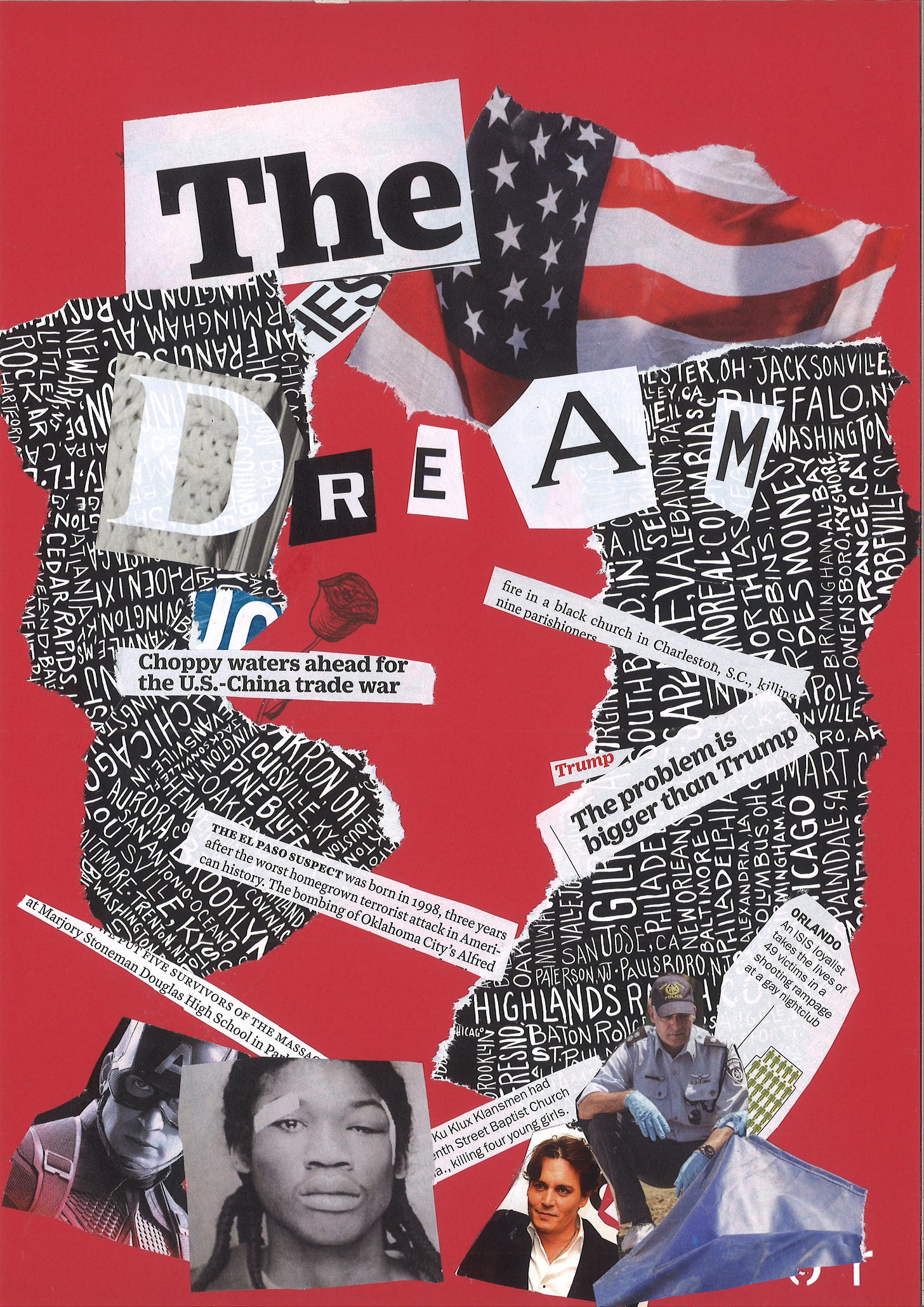The American dream. Is it becoming a nightmare?
How social mobility for certain groups is becoming increasingly difficult
The recent release of TIME Magazine's Top 100 most influential people shone light on the key components of the American dream by showcasing individuals who have made it to the top through hard work and most of the time, playing by the rules.
Bella Hadid, a 26 year old American model, is the product of two foreign born parents and made it in the Top 100. Her father, Mohammed Hadid, came to the US when very young seeking refuge from his war-torn home. He embedded the ethos of the American dream, worked and studied hard which led him to get into Massachusetts Institute of Technology and later became a very successful estate realtor.

Another example of someone who started from the bottom and was included in the Top 100 is Pedro Pascal. Pedro was born in Chile and fled to America with his parents because they were part of a rebellion group against dictatorship. He worked hard and established a successful career in acting.
However, in an interview with American Politics graduate, Aman Salam, he explained that though there is prime examples of people who have lived the American dream, the reality remains that it is still a small percentage.
“Kobe Bryant… Shaquille O’Neal… are prime examples of the American dream through basketball“ - Aman Salam
For years, the American dream has stood in for millions of people who want to improve their lives and the lives of their families. The beautiful picture portrayed by popular culture and political discourse, however, is distant from what many people experience in reality.

The American dream, which affirms that anybody can succeed regardless of their background, has drawn individuals from all over the world to America for years. For generations, the concept of financial security and upward mobility has been embedded in the American mentality.
But for many people, the American Dream is more of a myth than a reality, which is the brutal reality. Among developed countries, the United States has one of the highest levels of income disparity. The richest 1% of Americans control more than 32% of the nation's wealth, the gap between the elite 1% is widening, data from the Federal Reserve shows.
Additionally, the systemic injustices that have long plagued American society have been made apparent and worsened by the COVID-19 pandemic. Numerous Americans who lost their employment struggled to pay their rent or mortgage, which resulted in a spike in evictions and foreclosures outlined by The Pew Charitable Trusts.
Many people now believe that the American Dream is an impossible ideal to achieve. It has become more challenging for young people to achieve financial stability and upward mobility as a result of rising college costs, increasing student debt, and a lack of affordable housing.
Data from Opportunity Insights suggests that the percentage of children who earn more than their parents, which is one of the key components of the American dream, is decreasing.
Systematic racism and prejudice still put barriers in the way of marginalised communities, especially those that are comprised of people of colour. Black and Latino households earn only a small portion of what white households do, maintaining the wealth disparity between white and non-white households for decades.
Salam discusses more examples, even in the UK, which outline aspects of equal chance.
“Here we have a prime minister of Indian descent prime. My dad, when he came to this country in the 1970s, would have never fathomed having someone like that as the leader of this nation. The point is, it happens. So it's not impossible for someone like myself to make it to that position, a person of colour.”
“I could start off by talking about what I've understood so far by looking at some debates. So the general right wing rhetoric in America when it comes to the American Dream and capitalism in general, is that anyone, regardless of your race, your features, your identity… can achieve success.” - Aman Salam
Though the political view is supporting that success can be achieved by anyone, it is proven that this isn’t always true.
“we can't undermine the fact that over the last 50 to 100 years in America, there's been a lot of institutionally racist policies that have disadvantaged groups, specifically African American groups, to hinder them… make people trapped in a sense of poverty and not show guidance and offer help. Of course, there's been reparations… laws and bills and legislatures to help people from ethnic groups or disadvantaged backgrounds. Not even just talking about race, we're talking about orientation, sexuality, all these things… this is what we call identity politics.” - Aman Salam
The sad truth about the American Dream is that it has been shattered for many people. Millions of Americans frequently fall short of the promise of wealth and upward mobility, despite the rhetoric of politicians and the media. If the American Dream is to be fully realised, systemic problems that support inequality and restrict possibilities for so many people must be recognised and fixed.


